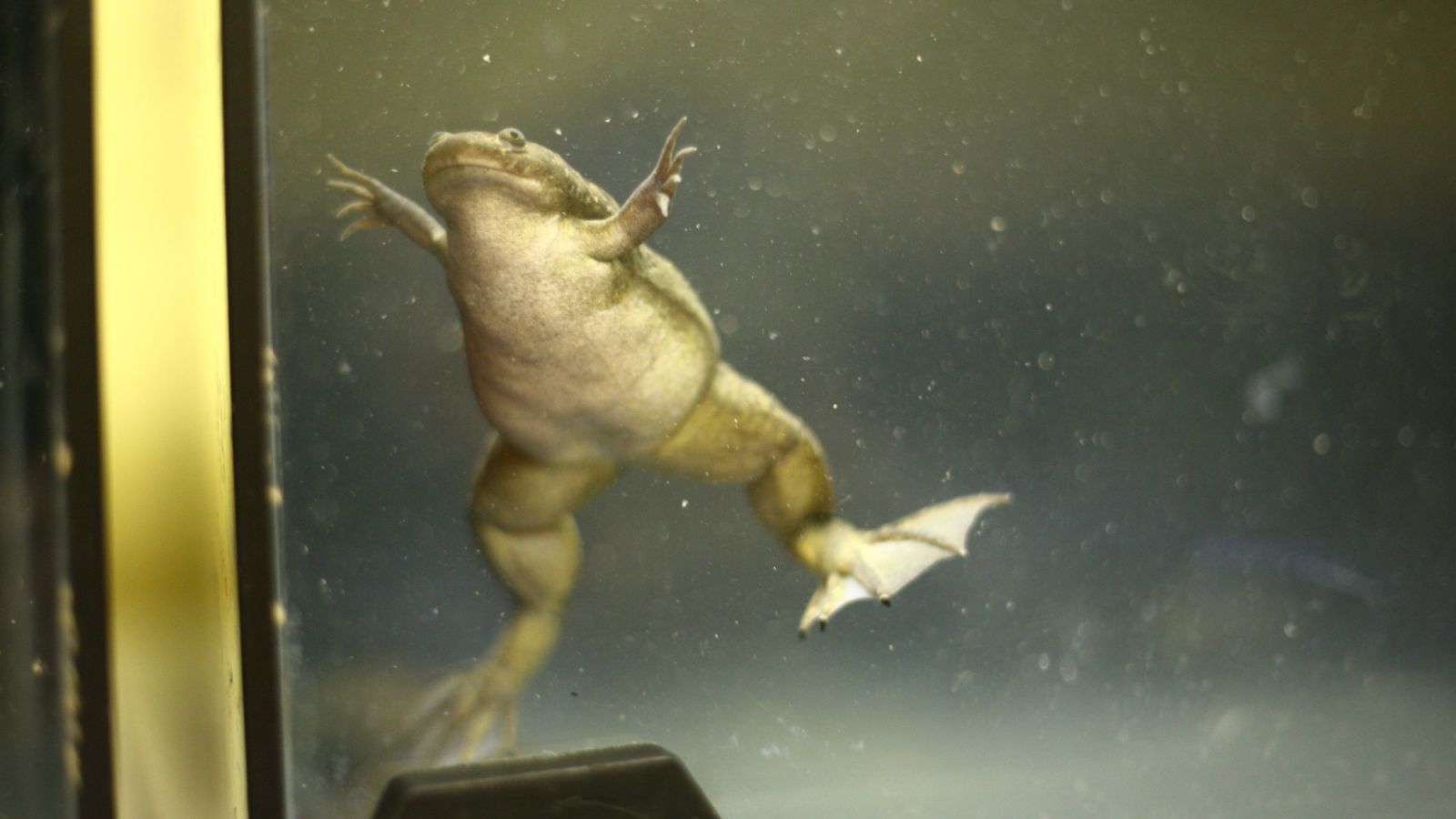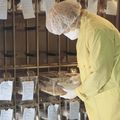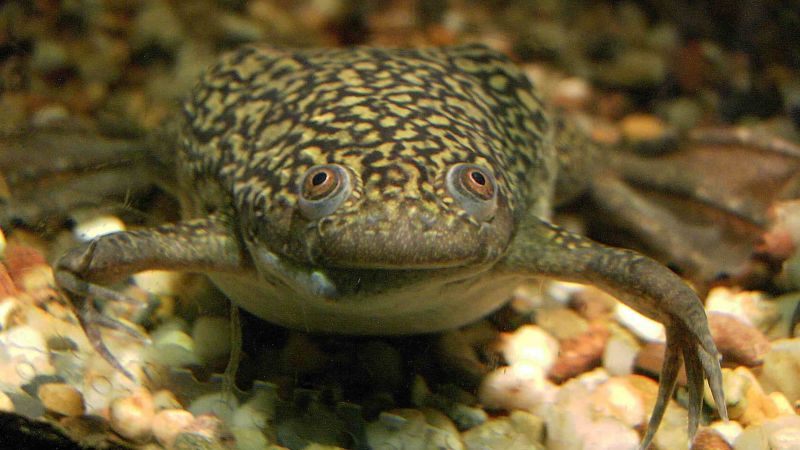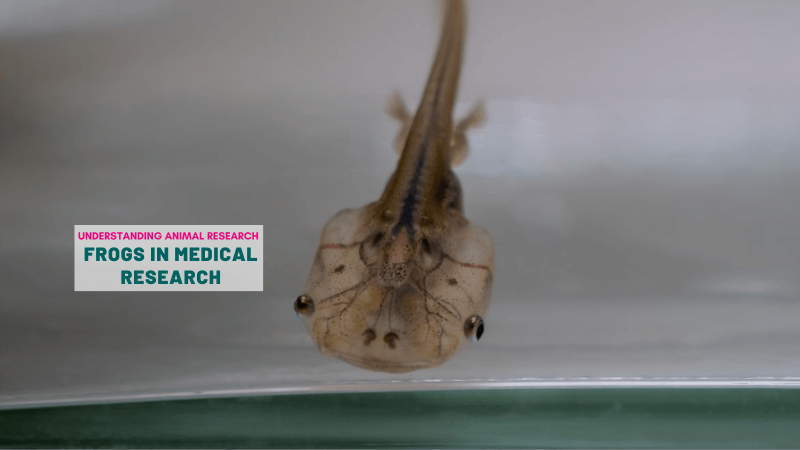
 The 2009 Albert Lasker basic medical research prize has just gone to stem cell pioneers John Gurdon and Shinya Yamanaka for their work using frogs and mice. Separated by time and geography, they made key discoveries concerning nuclear reprogramming, the process that instructs specialised adult cells to form early stem cells - creating the potential to become any type of mature cell for experimental or therapeutic purposes. The US$250,000 accolade is often seen as a prelude to a Nobel Prize.
The 2009 Albert Lasker basic medical research prize has just gone to stem cell pioneers John Gurdon and Shinya Yamanaka for their work using frogs and mice. Separated by time and geography, they made key discoveries concerning nuclear reprogramming, the process that instructs specialised adult cells to form early stem cells - creating the potential to become any type of mature cell for experimental or therapeutic purposes. The US$250,000 accolade is often seen as a prelude to a Nobel Prize.
In the late 1950s, working at Cambridge University, John Gurdon transferred nuclei from frog adult cells into eggs and showed that the resulting cells took on embryonic characteristics and can give rise to apparently normal adult frogs. This advance established that cells retain all of their genes as they specialise and that fully developed cells can be re-set to an embryonic state - controversial discoveries at the time.
 Move forward nearly 50 years and Shinya Yamanaka at Kyoto University, working with mice, unlocked a new realm of possibilities for nuclear reprogramming. He analysed the genes and factors that make adult cells behave like embryonic cells. By adding just a few factors to adult skin stem cells he created new types of stem cell: induced pluripotent stem (iPS) cells. When injected into mice, iPS cells grow into nerves, cartilage, muscle, and forebears of cells that line the intestinal tract - all classes of tissue in the body. So iPS cells resemble embryonic stem cells in animals as well as in test tubes.
Move forward nearly 50 years and Shinya Yamanaka at Kyoto University, working with mice, unlocked a new realm of possibilities for nuclear reprogramming. He analysed the genes and factors that make adult cells behave like embryonic cells. By adding just a few factors to adult skin stem cells he created new types of stem cell: induced pluripotent stem (iPS) cells. When injected into mice, iPS cells grow into nerves, cartilage, muscle, and forebears of cells that line the intestinal tract - all classes of tissue in the body. So iPS cells resemble embryonic stem cells in animals as well as in test tubes.
Much work remains to find out whether stem cells based on these techniques will prove safe and effective enough to treat patients. But they have undoubtedly opened potential avenues towards personalised cell-replacement therapies. Such treatments might offer ways to restore malfunctioning or worn out tissues without subjecting a patient to the risks of immune rejection; to understand currently inscrutable diseases and screen treatments for them; and to avoid the ethical issues that accompany use of embryonic stem cells.
See our related pages on
Skin stem cells make mouse clones
Last edited: 7 April 2022 14:19



